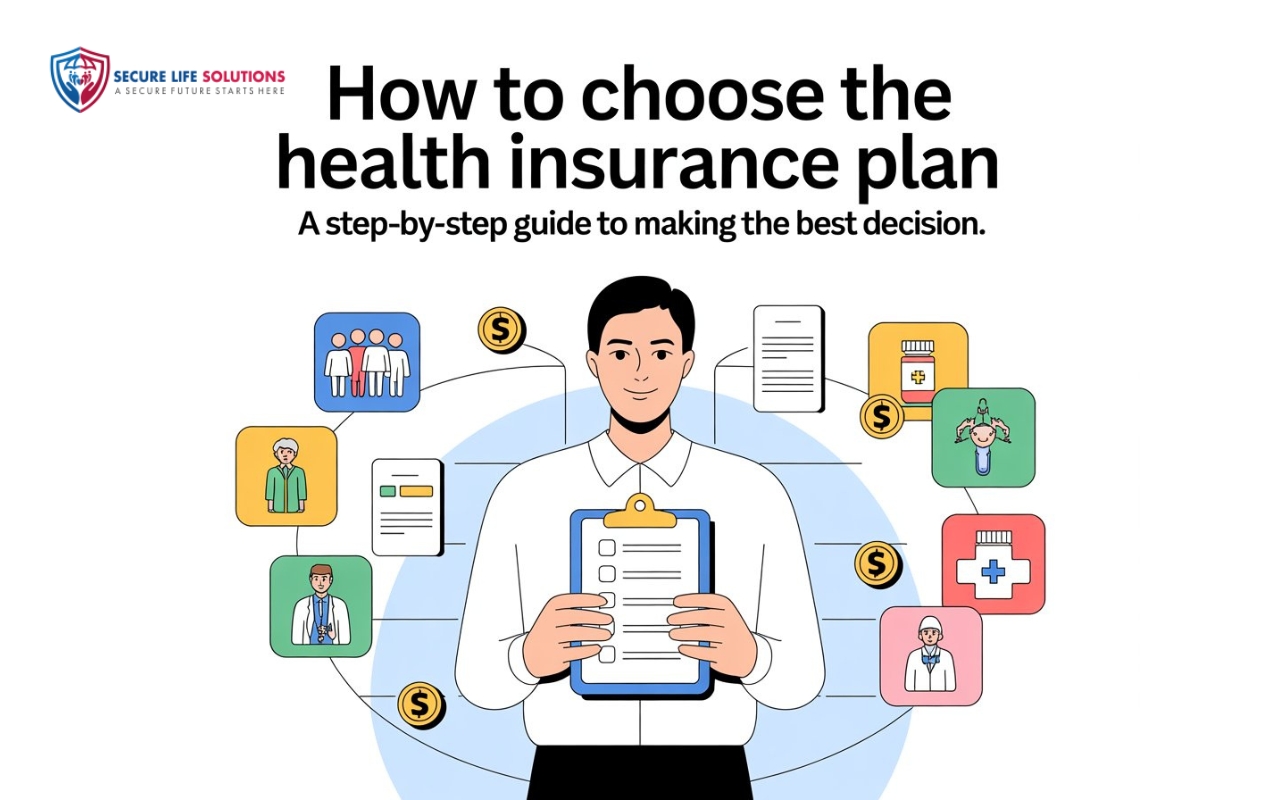Why Child Education Plans Matter Today
Education has become one of the biggest financial commitments for parents. From school fees to higher education abroad, it requires thoughtful long-term financial planning. A child education plan, also known as a child insurance plan or child savings plan, helps you build a dedicated corpus while protecting the family against unforeseen events.
A child future plan provides structured savings with guaranteed returns at maturity. These plans are typically designed to align with your child’s important milestones school admission, higher education, and career requirements.
Key Reasons to Consider a Plan
Rising Costs
Fees for professional degrees and international education keep increasing each year; planning early reduces stress later.
Financial Security
An insurance-backed plan ensures funds are available even if a parent can no longer contribute.
Disciplined Savings
Regular premium payments create a habit of long-term saving without last-minute borrowing or panic.
Tax Benefits
Premiums and maturity proceeds in many plans offer tax advantages under prevailing law.
What Is a Child Education Plan?
A child education plan is a financial product combining investment and protection, helping parents build a corpus for a child’s future while offering life cover. Broadly, they are available as:
1. Child Savings and Investment Plans
These focus on wealth creation for long-term educational goals. Options include guaranteed return child plans, endowment-based policies, and investment-linked child plans. They are preferred where predictability and guaranteed maturity benefits matter.
2. Child Education Insurance PlansThese are protection focussed. In the unfortunate event of a parent’s death, the insurer typically pays future premiums and ensures the child receives the maturity benefit as planned. This child insurance plan structure provides continuity and peace of mind.
Key Benefits of a Child Education Plan
Long-Term Savings with Guaranteed ReturnsMany parents choose child education plans for their guaranteed maturity benefits and predictable payouts. Unlike market-linked instruments, these plans reduce exposure to market volatility while ensuring a secured fund for education.
Insurance Cover for Protection
In the event of a parent’s untimely death, the plan’s insurance features like premium waivers and guaranteed payouts help maintain the child’s education timeline with minimal disruption.
Annual or Milestone-Based Payouts
Modern plans often provide annual payouts for education or milestone-based disbursements timed to tuition payments, entrance exam coaching and admission expenses. These structured payouts keep funds available when needed most.
Tax Benefits
Tax benefits under prevailing law make child education plans more attractive: premium deductions and tax-efficient maturity benefits can lower the net cost of saving.
Start early: a small monthly premium started early can build a large corpus through compounding and discipline.
How to Choose the Best Child Education Plan
Choosing the right child future plan depends on your goals, risk appetite and cashflow. Consider the following steps:
Estimate Future Education Costs
Project costs for graduation, post-graduation, and professional courses accounting for inflation. Many insurers provide calculators to estimate the target corpus needed.
Choose a Payout Strategy
Decide between a lump-sum maturity payout, milestone-based payouts, or annual education disbursements timed to your child’s requirements.
Prefer Guaranteed Benefits for Stability
If you want predictability, consider guaranteed return child plans and policies with fixed maturity values rather than purely market-linked plans.
Check Insurance Protection
Look for a robust waiver-of-premium feature, adequate sum assured and immediate financial assistance benefits during emergencies.
Compare Premiums vs Benefits
Carefully compare premium amounts, bonuses, rider costs and projected maturity values to select a policy that balances affordability with long-term security.
Why Guaranteed Child Plans Are Popular
Parents often prefer guaranteed return child plans because they are safe from market volatility, give fixed payout schedules and create disciplined savings. These features make them ideal for building a reliable child higher education fund.
Importance of Milestone-Based Education Payouts
A key advantage is the timing: funds are released when the child reaches critical education ages14, 16, 18 and 21 helping cover tuition, coaching and admission expenses without dipping into household savings.
Tax Benefits and Financial Advantages
Child education plans often provide tax benefits on premiums and potentially tax-free maturity proceeds. Death benefits under most policies are also exempt from tax, making the plan more cost-effective.
Additional Advantages
Other useful features include policy loans against surrendered value, flexible premium payment options, rider add-ons for extra protection and partial withdrawals in case of emergencies features that add liquidity and convenience.
Why Parents Should Start Early
Starting early means lower monthly premiums, more time for compounding, and a bigger corpus at maturity. An early start makes it easier to buy the best child education policy that meets future needs without financial strain.
Final Thoughts
A child education plan is more than an investment it’s a promise to support your child’s dreams. Whether you are seeking child savings plans, child investment plans or child insurance plans with guaranteed maturity benefits and milestone payouts, there are options tailored to different priorities.
By choosing the right plan one that balances guaranteed returns, insurance cover and tax benefits you ensure that your child receives the best possible educational opportunities without financial compromise.

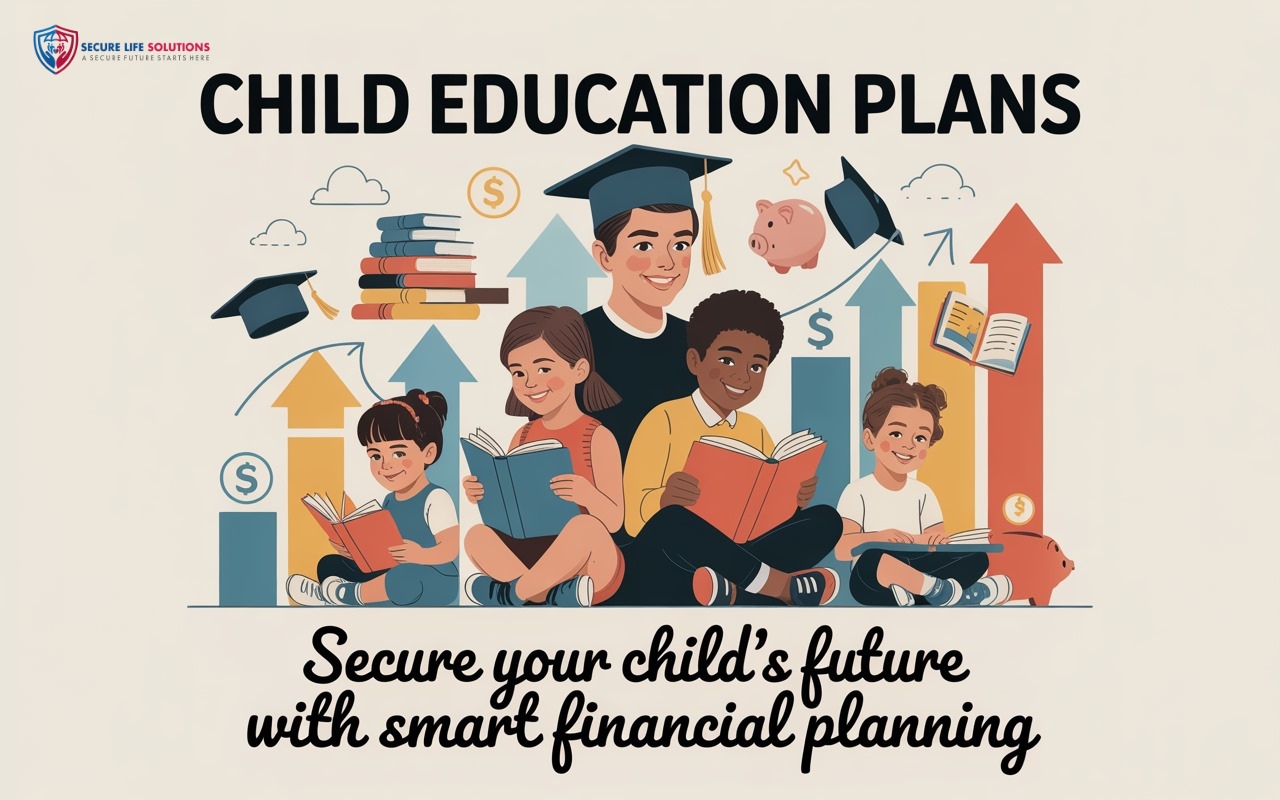








.jpg)





.jpg)
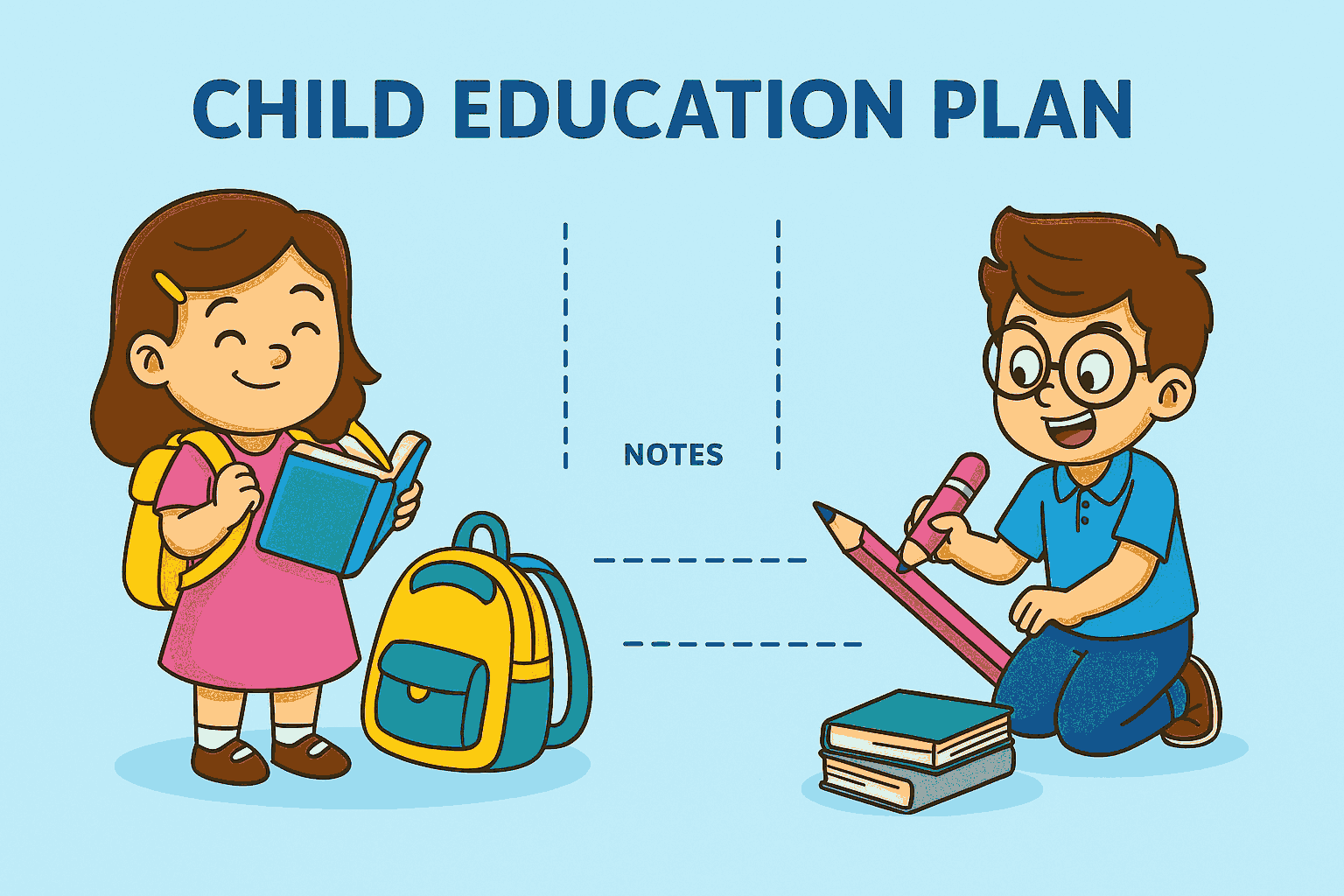
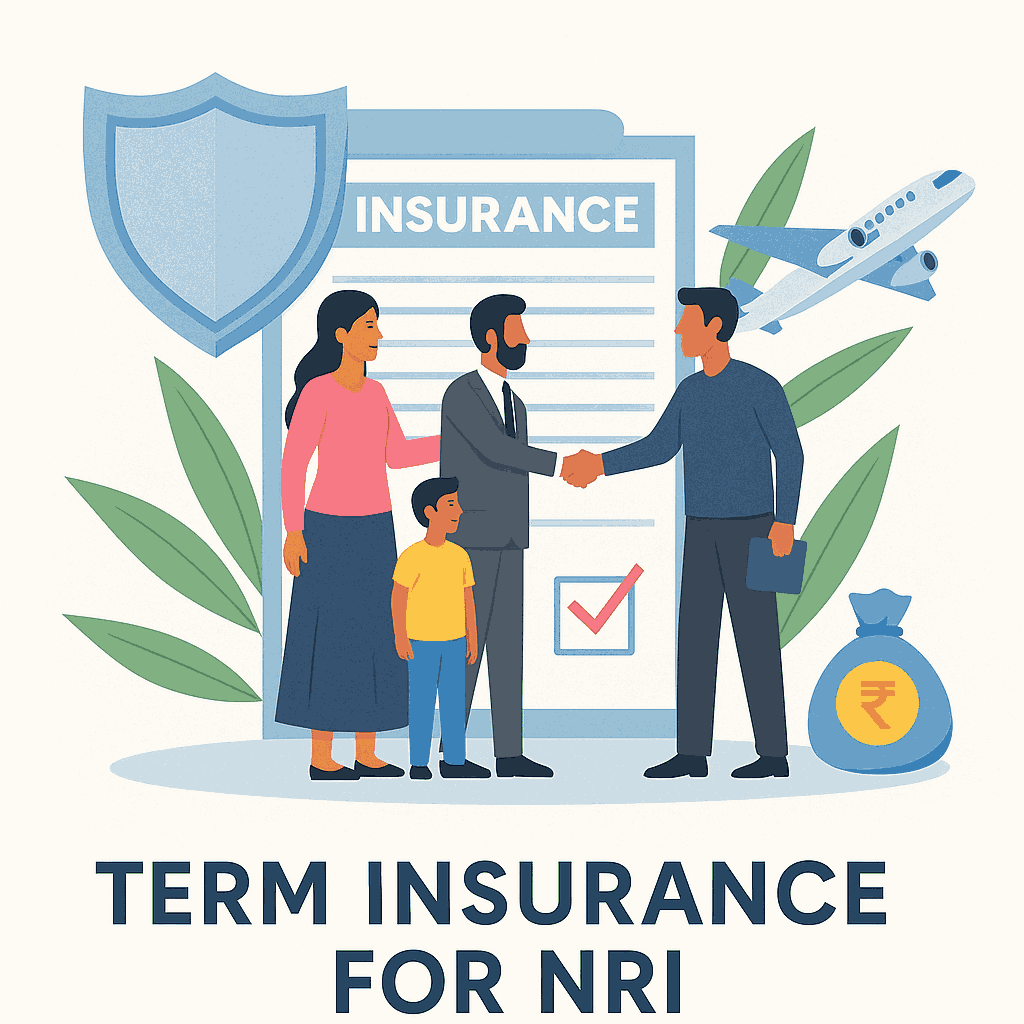
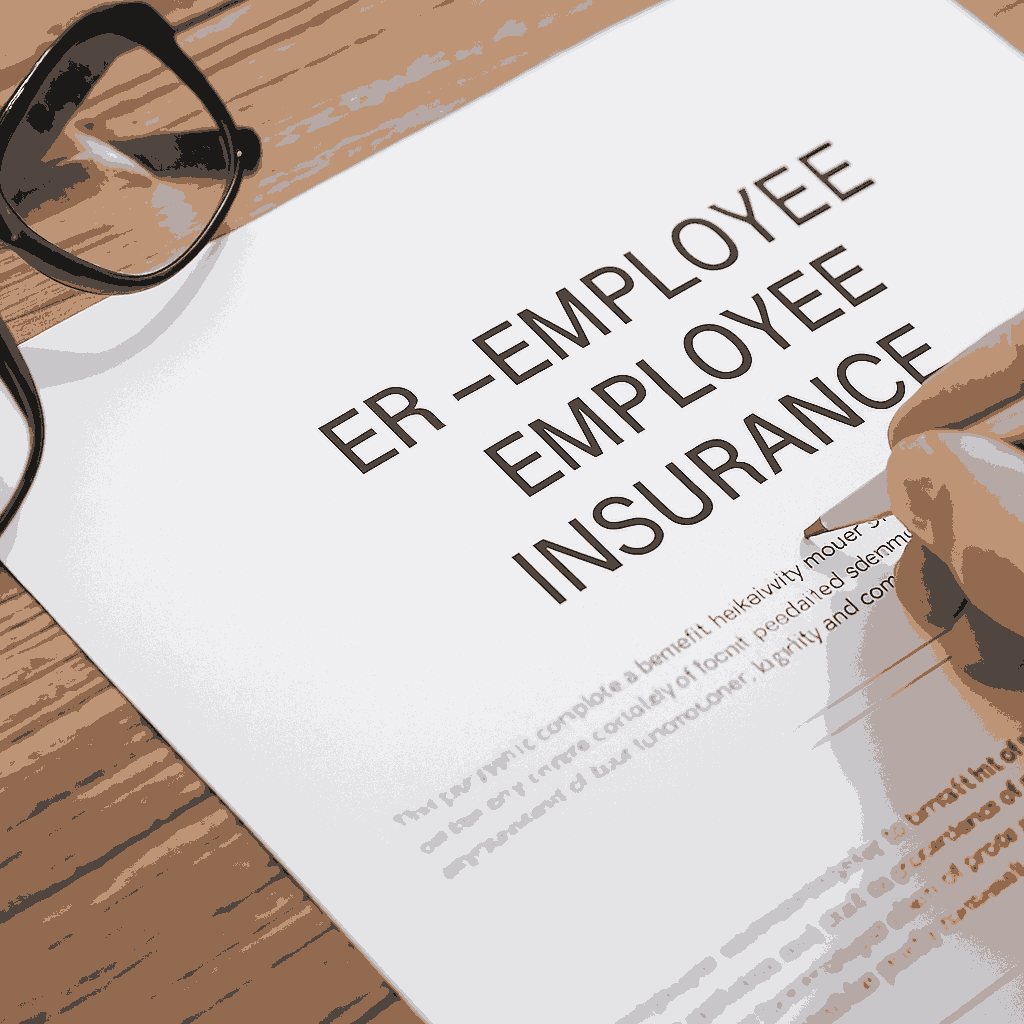






.png)

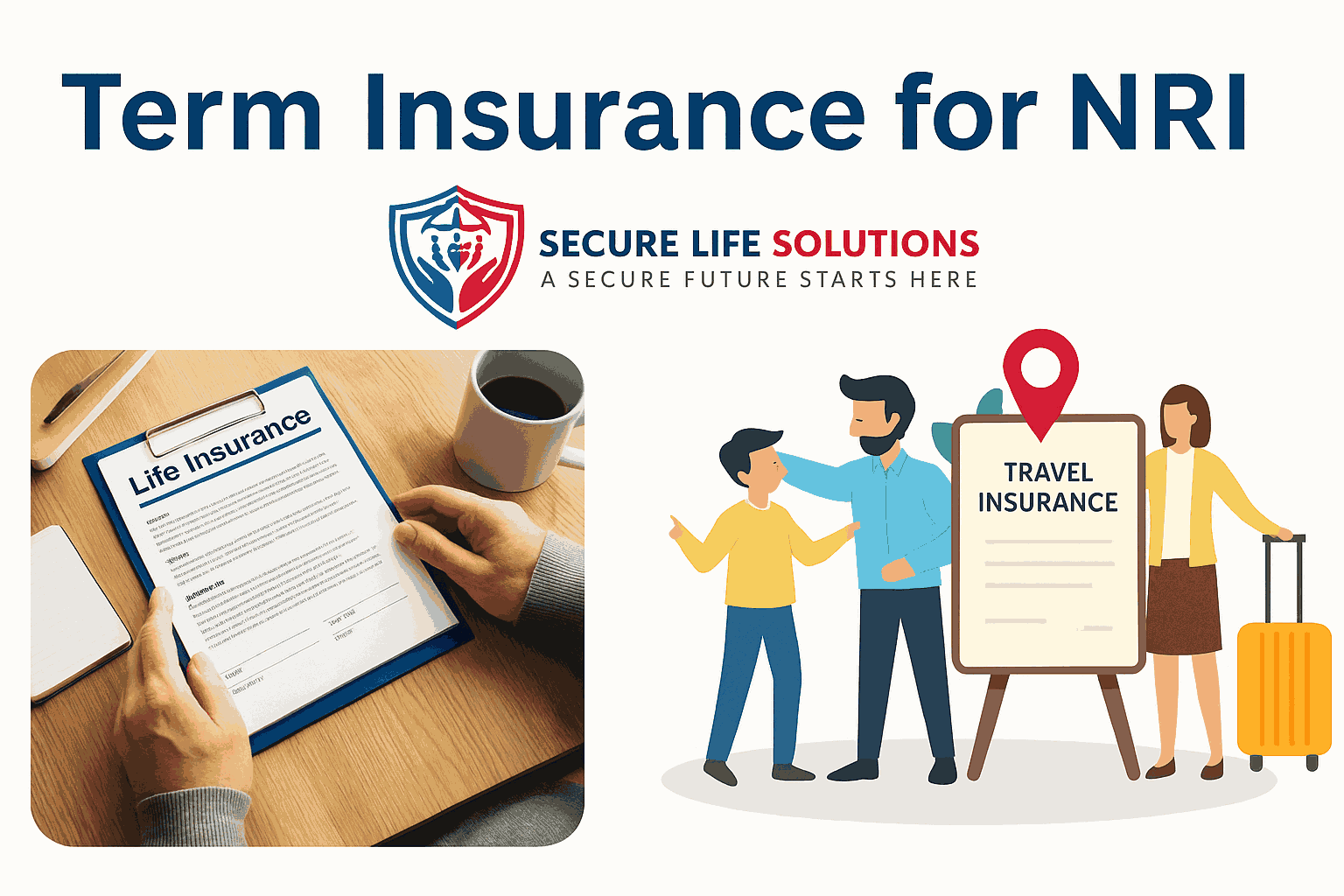

.png)
.png)



